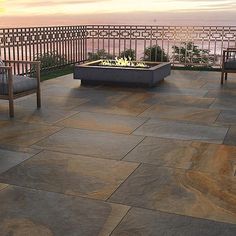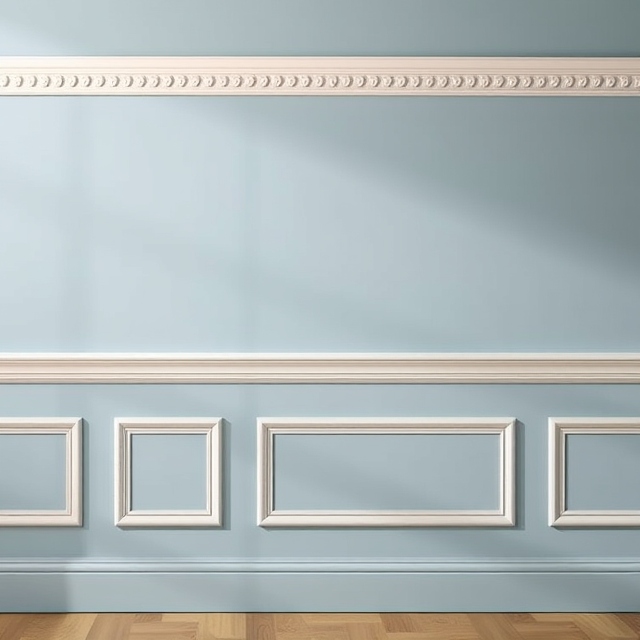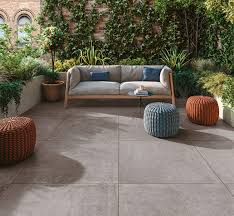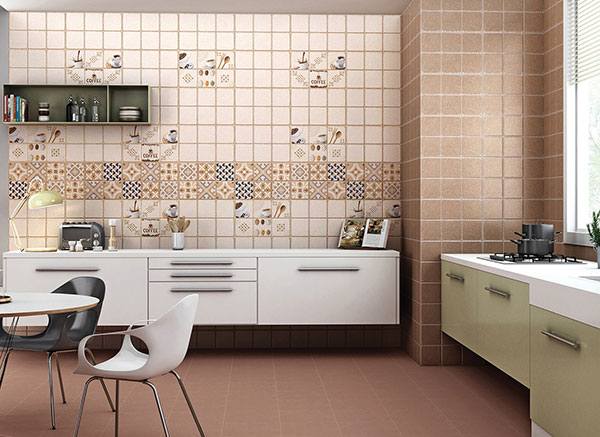Outdoor Tiles: The Perfect Blend of Functionality and Style for Your Outdoor Spaces
Outdoor tiles are an essential element for creating beautiful, functional, and durable exterior spaces. From patios and driveways to garden pathways and poolside areas, outdoor tiles not only enhance the aesthetic appeal of your outdoor environment but also offer practical benefits such as slip resistance, weatherproofing, and durability. In this article, we will delve into the world of outdoor tiles, exploring the different types available, their advantages, and tips on selecting the best tiles for your outdoor project.
Understanding Outdoor Tiles: What Are They?
Outdoor tiles are specifically designed to withstand the harsh elements of nature while maintaining their integrity and appearance over time. These tiles differ from indoor tiles in their strength, durability, and resistance to external factors such as rain, sunlight, frost, and foot traffic. They are manufactured using materials that ensure longevity and safety in outdoor environments.
The outdoor tile market offers a wide variety of choices, each catering to different needs and design preferences. These tiles come in different shapes, sizes, materials, and finishes, allowing homeowners and designers to create stunning and functional outdoor spaces.
Popular Types of Outdoor Tiles
- Porcelain TilesPorcelain tiles are one of the most popular choices for outdoor flooring. Known for their strength, durability, and water resistance, porcelain tiles are ideal for areas that experience heavy rainfall or extreme weather conditions. They are available in a variety of finishes, including matte, textured, and wood-look designs, making them versatile for both modern and rustic outdoor spaces.A significant advantage of porcelain tiles is their low porosity, which means they absorb very little water, making them resistant to frost and water damage. This makes porcelain an excellent choice for pool areas, patios, and balconies.
- Natural Stone TilesNatural stone tiles, such as granite, travertine, slate, and sandstone, bring an elegant, earthy appeal to outdoor spaces. Each type of stone has its unique texture, color, and characteristics. For instance, granite is highly durable and scratch-resistant, making it suitable for driveways and high-traffic areas. Travertine, with its soft, warm tones, is perfect for patios and pool decks, while slate offers a textured surface that provides excellent slip resistance.The timeless beauty of natural stone adds sophistication to any outdoor area. However, natural stone requires proper sealing and maintenance to protect it from weathering and stains.
- Ceramic TilesCeramic tiles are another option for outdoor spaces, though they are best suited for areas with milder climates. They are less durable than porcelain but can still provide a stylish, affordable solution for patios, gardens, and outdoor walkways. Ceramic tiles come in a variety of designs and colors, allowing you to create creative and playful patterns.While ceramic tiles are more prone to chipping and cracking than other materials, they remain a popular choice for budget-conscious homeowners seeking an aesthetic upgrade to their outdoor spaces.
- Concrete TilesConcrete tiles are highly durable and versatile, making them a popular choice for outdoor applications. They can be customized in various colors, textures, and designs, allowing for great creativity in designing patios, driveways, and walkways. Concrete tiles mimic the appearance of stone, wood, or even brick, making them a cost-effective alternative to more expensive materials.These tiles are resistant to wear and tear, weather conditions, and heavy foot traffic. Additionally, concrete tiles require minimal maintenance and can be easily replaced if damaged.
- Terracotta TilesFor those looking for a rustic and earthy vibe in their outdoor space, terracotta tiles are an excellent choice. These tiles, made from natural clay, have a distinctive reddish-brown color that adds warmth and character to outdoor patios, courtyards, and garden paths.While terracotta is naturally porous and can absorb moisture, it can be treated with sealants to improve its water resistance. Terracotta tiles are durable and offer a timeless Mediterranean charm, though they require regular maintenance to prevent cracking or discoloration.
Key Considerations When Choosing Outdoor Tiles
- Durability and StrengthSince outdoor tiles are exposed to various environmental factors such as rain, sunlight, temperature fluctuations, and foot traffic, it is essential to choose tiles that are durable and can withstand these elements. Porcelain, natural stone, and concrete tiles are some of the most durable options available.
- Slip ResistanceSafety is a critical factor when selecting outdoor tiles, especially for areas that are likely to get wet, such as pool decks, patios, or walkways. Opt for tiles with a textured surface or a non-slip finish to reduce the risk of accidents. Natural stone tiles, such as slate, and certain porcelain tiles with textured surfaces offer excellent slip resistance.
- Weather ResistanceOutdoor tiles must be able to withstand extreme weather conditions, including heavy rain, intense heat, and freezing temperatures. Porcelain and natural stone tiles are known for their high resistance to water and frost, making them ideal for regions with harsh weather conditions.
- Design and AestheticsThe design of your outdoor space is a reflection of your style and personality. Outdoor tiles come in a wide range of colors, patterns, and finishes, allowing you to create the perfect look for your patio, garden, or pool area. Whether you prefer the sleek look of modern porcelain or the rustic charm of natural stone, outdoor tiles provide endless design possibilities.
- Maintenance RequirementsDifferent outdoor tile materials require varying levels of maintenance. While porcelain and concrete tiles are relatively low-maintenance, natural stone and terracotta tiles may need more frequent sealing and cleaning to preserve their appearance and longevity.
- BudgetOutdoor tiles are available in a wide price range, so it’s essential to choose a material that fits your budget. Porcelain and ceramic tiles are typically more affordable, while natural stone and custom concrete tiles can be more expensive. However, investing in durable materials can save you money in the long run by reducing the need for repairs or replacements.
Installation Tips for Outdoor Tiles
- Surface PreparationBefore installing outdoor tiles, it’s crucial to prepare the surface properly. Ensure that the base is level, clean, and stable to prevent tiles from shifting or cracking. A solid concrete base is ideal for heavy tiles, while sand or gravel bases may work for lighter tiles like ceramic or terracotta.
- Use Outdoor-Grade Adhesives and GroutWhen installing outdoor tiles, it’s essential to use adhesives and grout specifically designed for outdoor use. These materials are formulated to withstand weather conditions and ensure that the tiles remain firmly in place.
- Consider Expansion JointsOutdoor spaces are subject to temperature fluctuations that can cause tiles to expand and contract. Installing expansion joints in large areas can help prevent cracking or buckling of the tiles.
- Sealing and MaintenanceCertain tile materials, such as natural stone and terracotta, require sealing to protect them from moisture and stains. Make sure to apply the appropriate sealant and clean the tiles regularly to maintain their appearance.
Conclusion: Transform Your Outdoor Space with the Right Tiles
Outdoor tiles are more than just a practical solution for your exterior spaces; they are an opportunity to express your personal style and enhance the functionality of your home’s outdoor areas. Whether you’re designing a serene garden, a cozy patio, or a luxurious poolside retreat, choosing the right outdoor tiles will make all the difference.
With a wide variety of materials, styles, and finishes available, you can create a unique outdoor space that is both beautiful and durable. From the modern elegance of porcelain tiles to the natural charm of stone and terracotta, outdoor tiles offer endless possibilities for transforming your outdoor environment into a stunning and functional extension of your home.
Read More:







